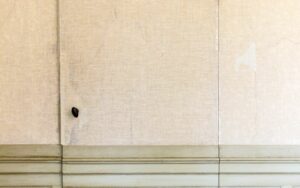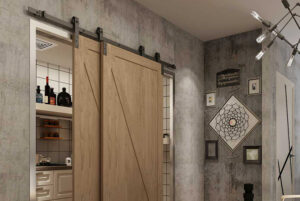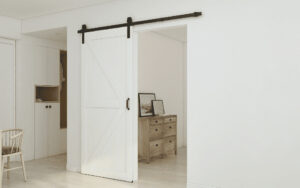Mould pressed doors are a favorite for many homeowners because they look great, are easy to handle, and won’t break the bank. Below we’ll walk you through what they are, why people pick them, and how to choose and care for them — in plain language, with the important details you need.
What Are Mould Pressed Doors?
A moulded door is a clever piece of engineering. It’s made by taking engineered wood materials, like medium-density fiberboard (MDF), and pressing them under intense heat and pressure. This process creates a strong, stable door with a perfectly smooth outer skin.
That outer layer is “moulded” into various designs, from classic, traditional panels to sleek, minimalist lines.
Construction and Design
That outer layer is “moulded” into various designs, from classic, traditional panels to sleek, minimalist lines. The end result is a door that looks just like solid wood but has a few extra tricks up its sleeve. Because they are engineered, they are much less likely to warp, shrink, or swell with changes in humidity—a common headache with solid wood doors.
Key Features
- Provide a cost-effective solution for various residential and commercial applications
- Feature smooth surfaces that allow for easy painting and customization
- Offer resistance to warping and shrinking compared to solid wood options
- Include pre-primed finishes for straightforward painting to match interior decor
- Present lightweight properties that make them easier to handle and install
Types of Mould Pressed Doors
mould pressed doors come in two primary constructions: hollow core and solid core. It sounds technical, but the difference is simple and has a big impact on where you’ll want to use them.
Hollow Core Mould Pressed Doors
Hollow core mould pressed doors feature a lightweight honeycomb interior structure. They provide a cost-effective solution for areas where sound insulation isn’t critical, such as closets or pantries.
Their reduced weight makes them exceptionally easy to handle and install. These doors maintain dimensional stability and resist warping better than solid wood alternatives. Manufacturers typically finish them with pre-primed moulded surfaces ready for painting and customization.
Solid Core Mould Pressed Doors
Solid core mould pressed doors contain compressed wood fiber or particleboard cores. They deliver superior sound absorption and enhanced durability compared to hollow core versions.
These doors offer better insulation properties and a more substantial feel, making them ideal for bedrooms, home offices, and living areas. Their construction provides excellent resistance to dents and impacts while maintaining the same smooth, paintable surface as other mould pressed doors.
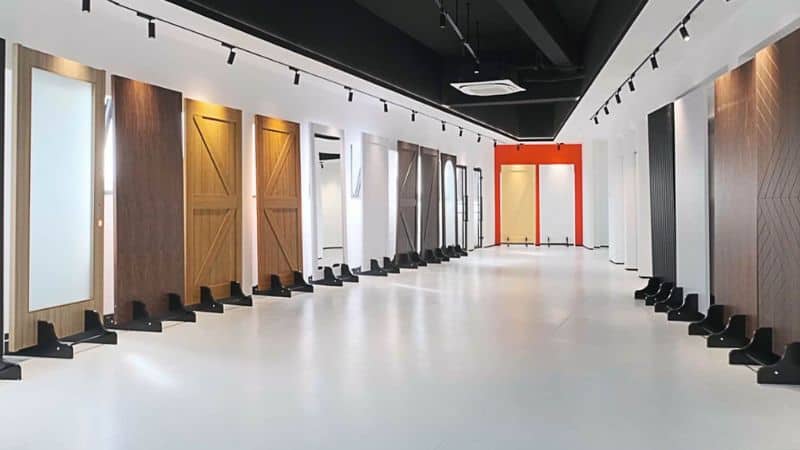
Materials Used in Mould Pressed Doors
mould pressed doors primarily use engineered wood products. MDF and compressed wood fibers are the most common materials. These materials provide a balance of durability, cost-effectiveness, and design flexibility for interior applications.
MDF (Medium-Density Fiberboard)
MDF forms the core material in most mould pressed doors due to its structural properties and manufacturing advantages. Manufacturers compress wood fibers with resin under high pressure to create smooth, uniform panels ideal for interior doors.
This composition resists warping and shrinking better than solid wood, maintaining dimensional stability in varying humidity conditions. MDF accepts paint exceptionally well, providing a flawless finish without visible grain patterns.
Carved MDF doors use two solid slabs glued together and detailed with router bits to create the appearance of traditional raised panels at lower costs than solid wood versions.
Engineered Wood
Engineered wood encompasses various composite materials used in moulded door construction beyond standard MDF. These include high-density fiberboard (HDF) and compressed wood fibers that form the core structure.
The manufacturing process involves pressing wood byproducts into specific designs using molding techniques that create diverse patterns and styles. Engineered wood doors feature an outer moulded sheet typically pre-primed for painting, allowing homeowners to customize the finish.
Some versions incorporate wood veneer surfaces over engineered cores, providing the appearance of solid wood with enhanced stability and reduced cost.
Benefits of Choosing Mould Pressed Doors
mould pressed doors provide numerous advantages that contribute to their popularity in both residential and commercial settings.
- Affordability makes them a cost-effective alternative to solid wood doors, often costing 30-50% less.
- Lightweight construction simplifies handling and installation, reducing labor time and effort.
- Design variety includes classic panels, modern patterns, and smooth finishes to match diverse interior styles.
- Moisture resistance offers better performance against humidity-related expansion compared to solid wood.
- Low maintenance requires only occasional cleaning, without the need for refinishing or special treatments.
- Customization ease allows for straightforward painting or laminating to achieve desired aesthetics.
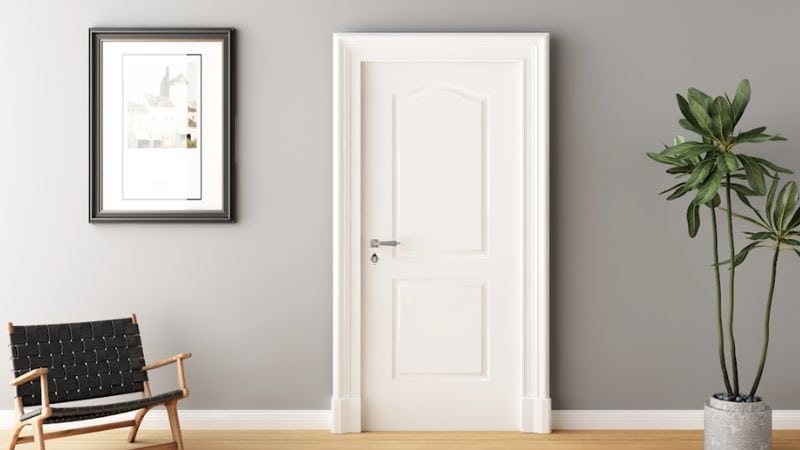
Choosing the Right Mould Pressed Doors
Selecting the ideal moulded door involves evaluating room function, design compatibility, and budget. Each factor ensures the door meets practical needs while enhancing the home’s aesthetic.
Considering Room Function
For a busy, high-traffic area or a room where you need quiet, a solid core door is worth every penny for its durability and sound-dampening qualities. For a simple closet, a hollow core door is a smart, money-saving choice.
Matching Your Home’s Decor
A sleek, flat-panel door looks amazing in a contemporary space, while a door with raised panels feels right at home in a more traditional house. Since you can paint them any color, it’s easy to make them feel like a custom part of your decor.
Budget Considerations
mould pressed doors are a win for affordability. Hollow core doors will give you the most bang for your buck, while solid core doors are a slightly bigger investment upfront that pays off in longevity and performance.
| Consideration Type | Key Factors | Recommended Door Type |
| Room Function | Traffic level, Sound needs | Solid core for high use, Hollow core for low use |
| Decor Matching | Style, Color, Hardware | Pre-primed smooth or panel designs |
| Budget | Initial cost, Long-term value | Hollow core for savings, Solid core for investment |
Installation and Maintenance
mould pressed doors offer straightforward installation and simple upkeep, making them a practical choice for homeowners. Proper handling ensures their longevity and preserves their appearance over time.
Installation Tips
Installers follow several key steps for successful moulded door fitting.
- Measure the door frame accurately before purchasing any moulded door.
- Check the door’s fit within the frame, ensuring even gaps on all sides.
- Use appropriate hinges and hardware designed for the door’s weight.
- Secure the door carefully, avoiding over-tightening screws near the edges.
- Test the door’s swing and alignment multiple times before finalizing installation.
Care and Cleaning
Homeowners maintain mould pressed doors easily with regular, gentle cleaning.
- Wipe surfaces with a soft, damp cloth to remove dust and smudges.
- Avoid abrasive cleaners or harsh chemicals that can damage the finish.
- Inspect the door and hardware periodically for signs of wear or damage.
- Repaint the door as needed using low-VOC paint for a fresh look.
- Replace any damaged glazing promptly to maintain functionality and appearance.
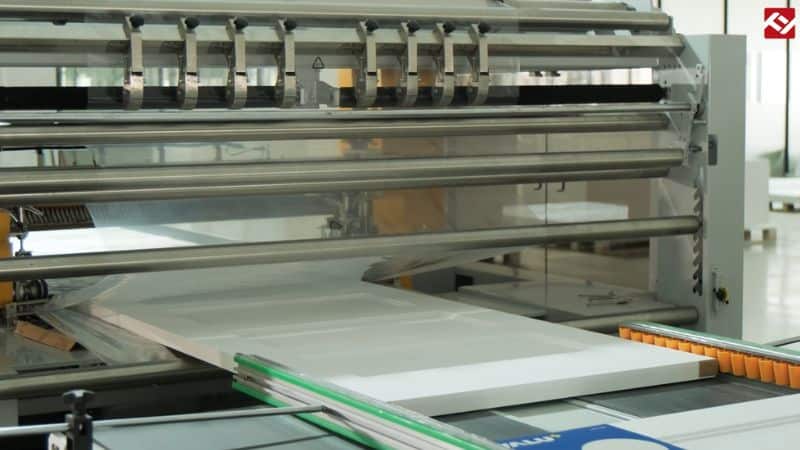
Conclusion
Mould pressed doors offer a smart balance of style and practicality for any home. They’re an affordable way to achieve a polished look without compromising on durability.
For a stylish, durable, and cost-effective solution, choose Tengyu’s mould pressed doors.
Available in various designs including panel, barn, and arched styles, they feature pre-primed surfaces ready for painting. Tengyu mould pressed doors are a great fit for any budget or project requirement.
Explore our full range of products or view our mould pressed doors to request a quote. For bulk order or customized orders, contact our team for tailored pricing and support.
Frequently Asked Questions
What are mould pressed doors made of?
Mould pressed doors are made from engineered wood like MDF or compressed wood fibers. They’re pressed into a smooth, shaped surface that looks like real wood but is more stable.
Are mould pressed doors durable?
Yes. Solid-core versions are strong and resist warping and small knocks. Hollow-core versions are lighter and best for low-traffic areas.
What’s the difference between hollow core and solid core?
Hollow core = lightweight, cheaper, good for closets or pantries.
Solid core = heavier, stronger, better at blocking sound and lasting in high-use rooms.
Can mould pressed doors be painted?
Yes. Many come pre-primed or have a smooth surface that’s easy to paint with regular interior paint.
Are mould pressed doors moisture resistant?
Some are treated for moisture resistance, but they’re not fully waterproof. For bathrooms choose moisture-resistant models and ensure good ventilation.
How do I maintain mould pressed doors?
Wipe with a soft, damp cloth. Avoid abrasive cleaners, touch up paint when needed, and fix chips or damage quickly.
Are mould pressed doors cost-effective?
Yes. They look like wood for less money. Hollow-core is the cheapest; solid-core costs more but gives better durability and value for frequent use.
Do mould pressed doors offer good sound insulation?
Solid-core doors block sound well. Hollow-core doors provide little sound insulation and are best for non-living spaces like closets.

